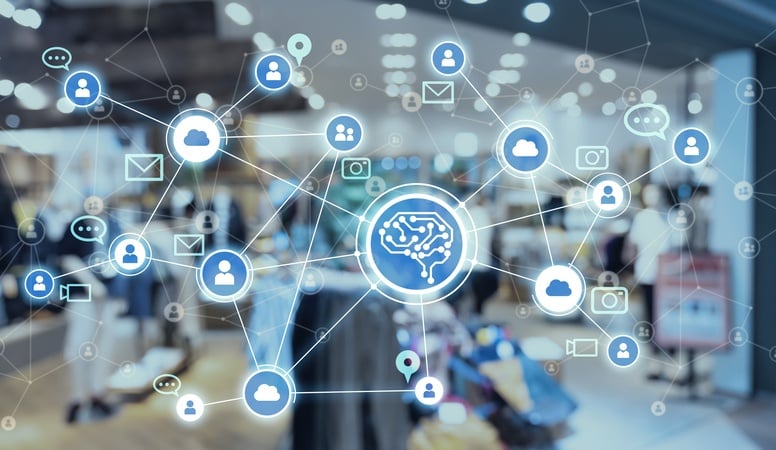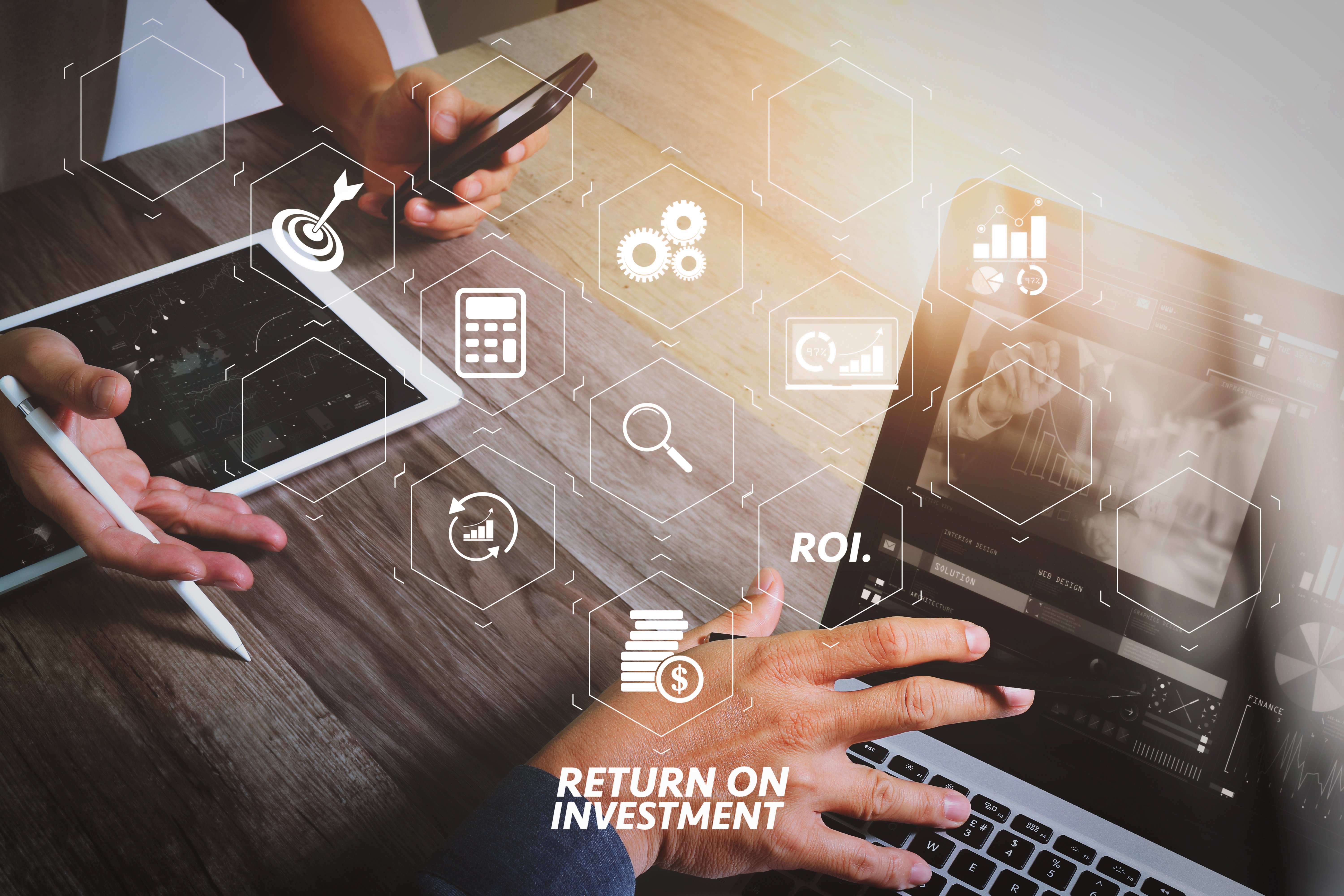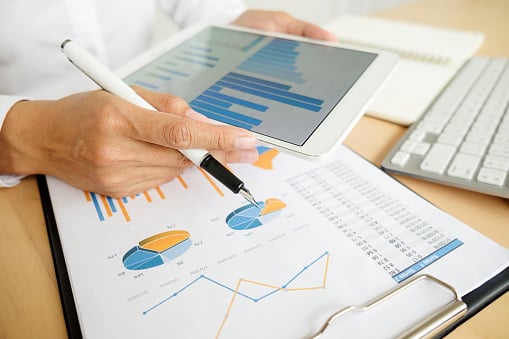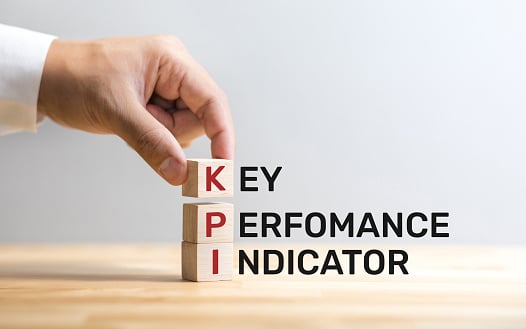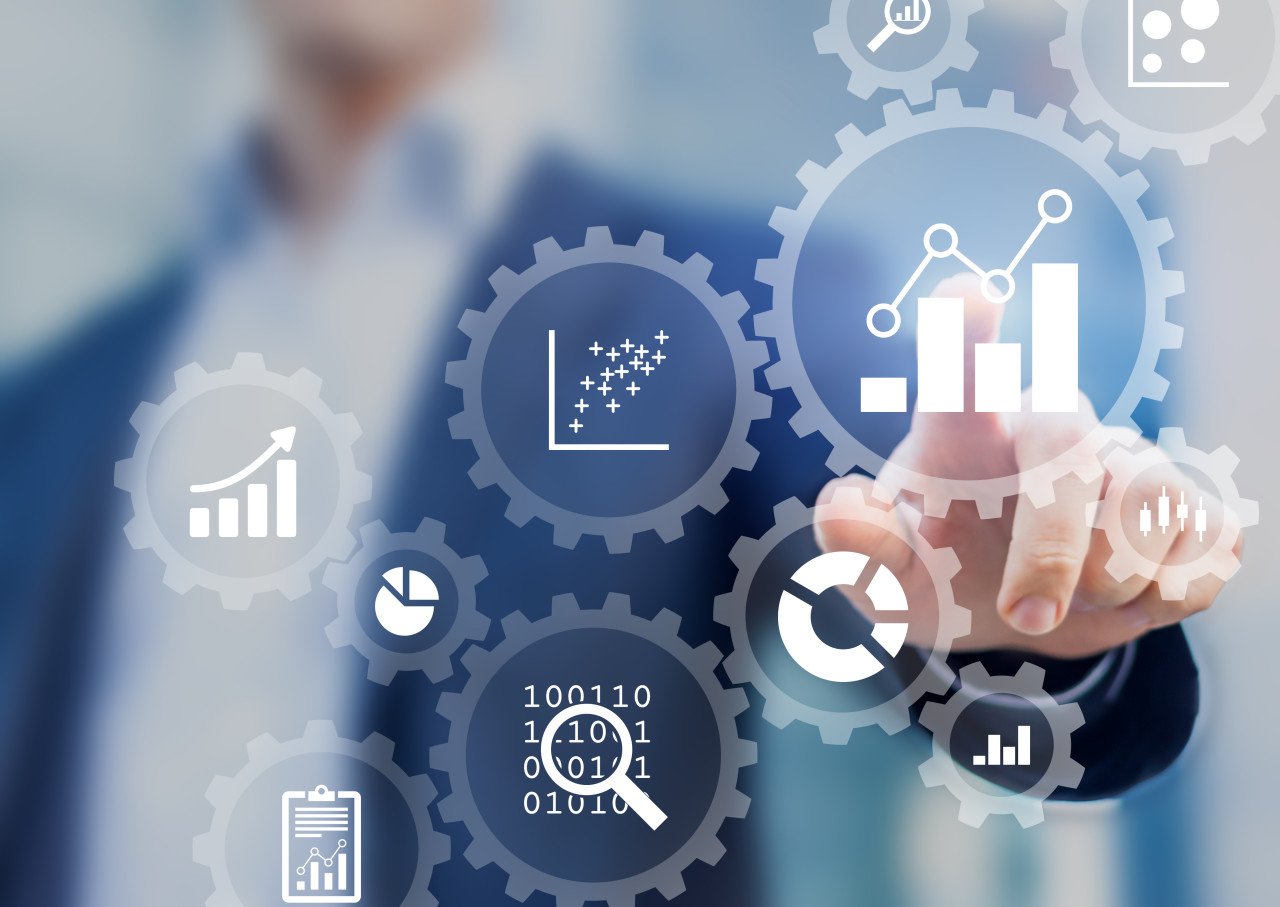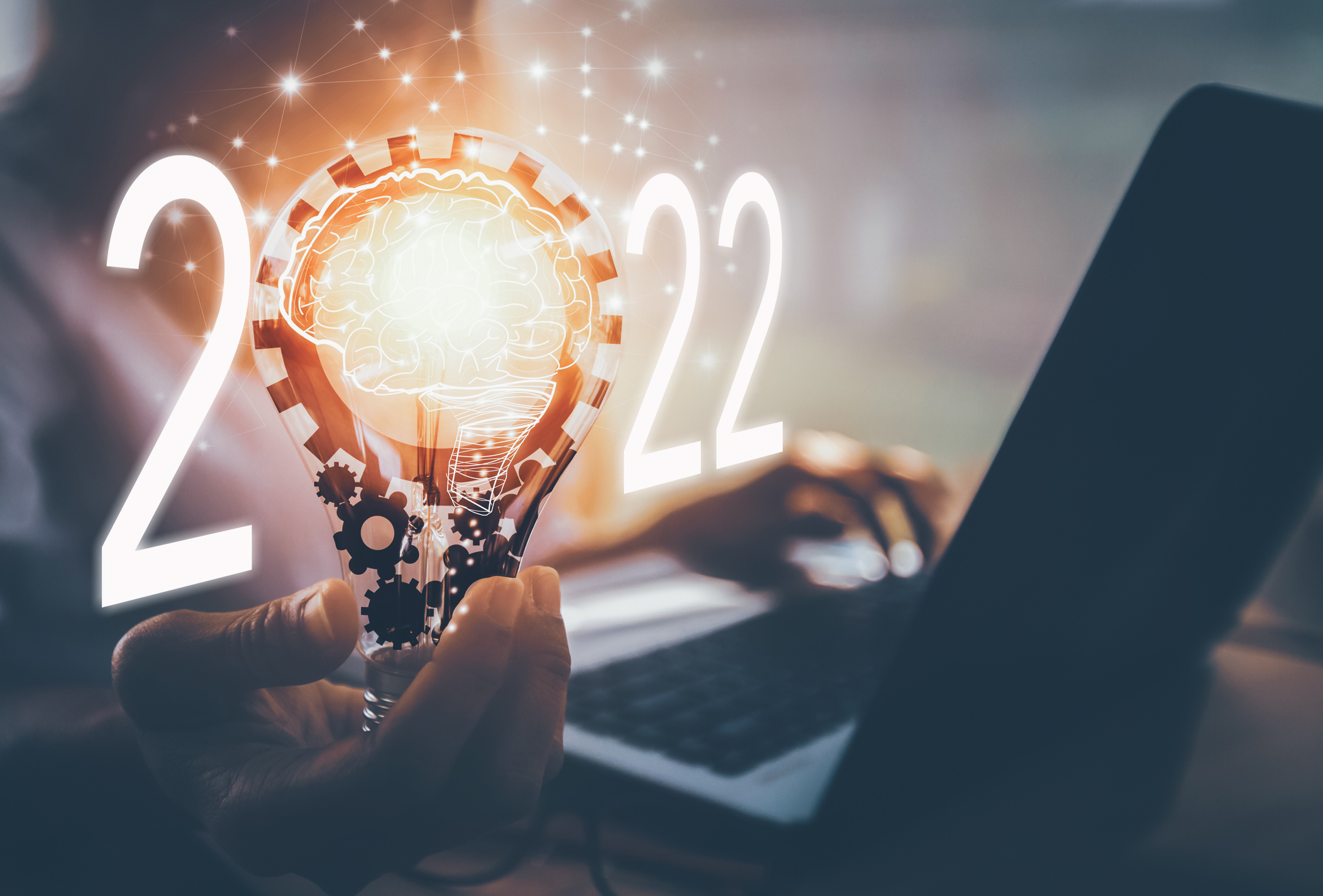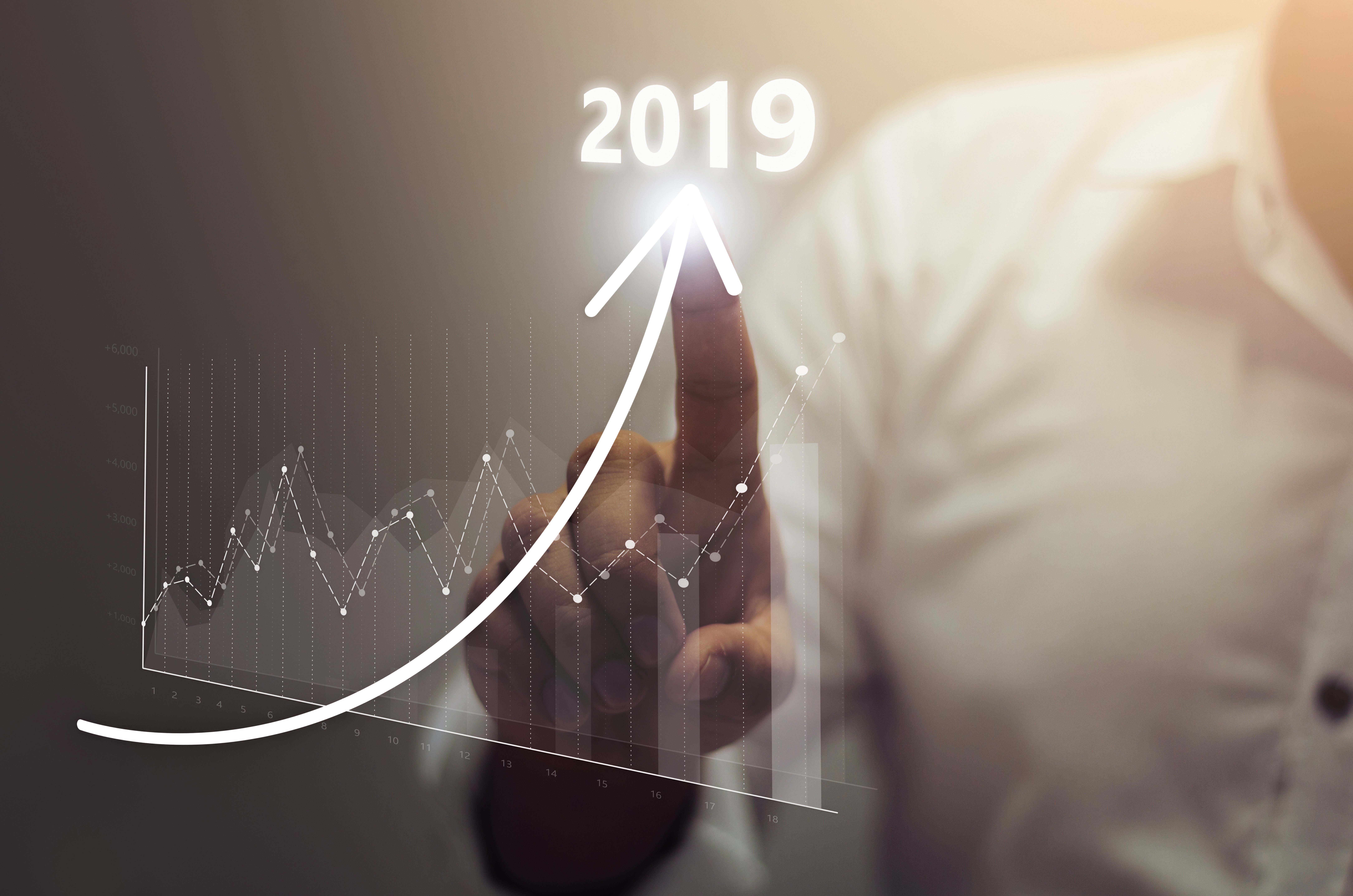Marketing Attribution Challenges for a Cookieless World
Download Attribution and Planning for a Cookieless Future
The world of digital marketing is changing. With consumer concerns around the safety and privacy of their information growing on a global level, heavy hitters like Apple and Google are leading the way into a cookieless future.
Is this a major game changer for marketers? Absolutely. Digital marketers have relied on cookies to target customers and assist with attribution for years. Now, faced with a future where that’s no longer entirely possible, marketers are searching for ways to build cookieless marketing strategies.
[Download Our Latest Report: Planning for a Cookieless Future]
Let’s take a look at some of the challenges that will need to be addressed and how marketers can adapt in a cookieless world.
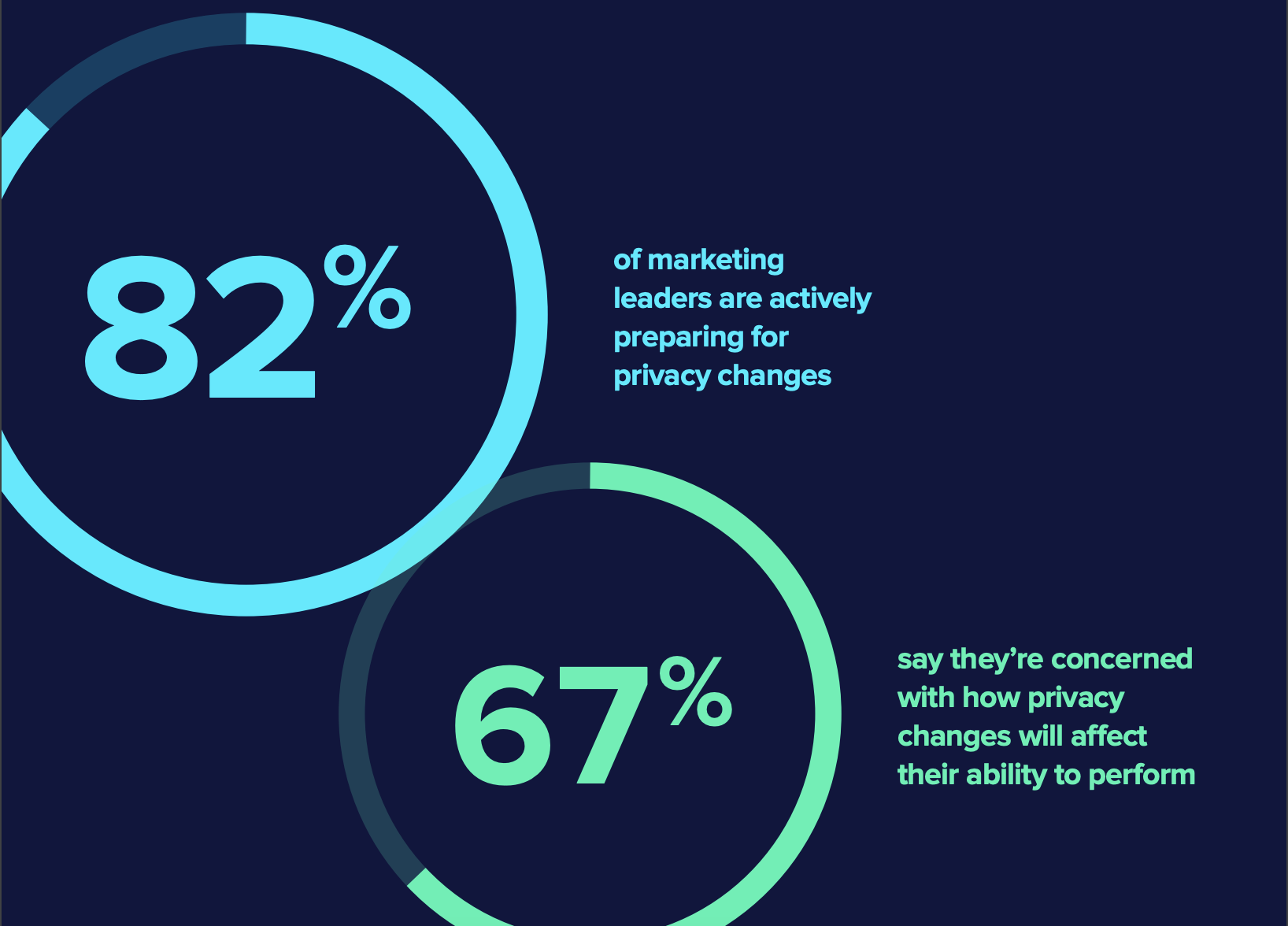
Challenge 1: Loss of Cross-Channel Multi-Touch Attribution
Back when consumer profiles began to fragment across desktop computers, cell phones, smartwatches, and more, multi-touch attribution was considered the wave of the future. Tracking ad exposure via the multitude of channels through which marketing efforts can reach consumers became the name of the game.
And while that game is a hard one to play – since creating a unified customer view out of such fragmented customer journeys is no easy task – it’s felt like the only game going for more than a decade.
But without cookies, cross-channel MTA is going to become even more difficult.
Challenge 2: Loss of Granularity
Data granularity has become a mainstay in marketing strategy and decision-making. The greater the granularity, the deeper the understanding companies have of their consumers. Without cookies – specifically third-party cookies – marketers are left to rely on first-party data almost exclusively.
So what does this mean? It means that in an age where consumers are increasingly expecting personalized experiences from the brands they interact with, these brands are about to lose their main resource for creating that personalization.
Challenge 3: Decreased Access to Data Sets
Many marketers have come to rely on the widely available data sets yielded by third-party cookie sources as a matter of course. Without this, marketers are going to have to create sometimes entirely new infrastructures around the ways they collect and analyze consumer information. Or they’re going to have to pay to access the walled gardens or clean rooms third parties will make available to them at their own discretion.
Either way, the process of adjusting to limited data set availability can be costly, time-consuming and daunting. Not everyone is prepared to overhaul their marketing strategy and the way they make decisions.
How Can Marketers Adapt?
No mistake, a major change is coming (or arguably already here) in the digital marketing landscape. And this is leading many marketers to worry about the future not only of their digital marketing efforts but perhaps even the future of their businesses.
Yet while the challenges in moving away from a cookie-focused approach to marketing are very real, the future is far from grim. Cookieless marketing is not the end of the world.
AI and ML
Now that marketers are faced with, among other challenges, more disparate data sets from a variety of sources, one of the best ways to sort through and make sense of all that information is through artificial intelligence and machine learning.
With AI and ML marketers can take wide swathes of aggregate data and turn them into granular, user-level insights. And predictive modeling can map out future user insights as well.
What’s more, AI and ML can do this at speed, predicting exposures and reconstructing customer journeys out of giant, unwieldy amounts of aggregate data in or near real-time.
Unified Measurement
Unified marketing measurement (UMM) integrates a variety of marketing analytics and measurement models to create one complete and inclusive image of your entire marketing landscape. UMM is what makes optimization possible in a world where marketers now need to think beyond third-party cookies, while still navigating the omnichannel landscape of modern advertising.
With a unified approach to analytics, and AI and ML, marketers are far more equipped to navigate the changes coming to the digital marketing landscape than many may realize.
Automation
The right technology makes all the difference. Using that technology in the right way is just as important.
Automation and continuous optimization of marketing strategy are the keys to success. When marketers have the right systems and technology already in place, they can adapt to any consumer needs – and any regulatory challenges – that come their way.
The Future of Digital Marketing is What We Make of It
Change is coming to the digital marketing landscape and cookieless marketing is now an inevitability. Success involves not just adapting to this change but embracing it. How well - and how quickly - marketers do this will make the difference between forging ahead and lagging behind.
Marketers need to partner with technology platforms that help them fill the gaps in their strategies left by the loss of cookies, as well as meet new and growing online privacy standards. The right strategy partnered with the right technology is what is going to let marketers continue to thrive in an ever-changing industry.
The future of digital marketing is what we make of it - so it’s up to us to make it shine.



